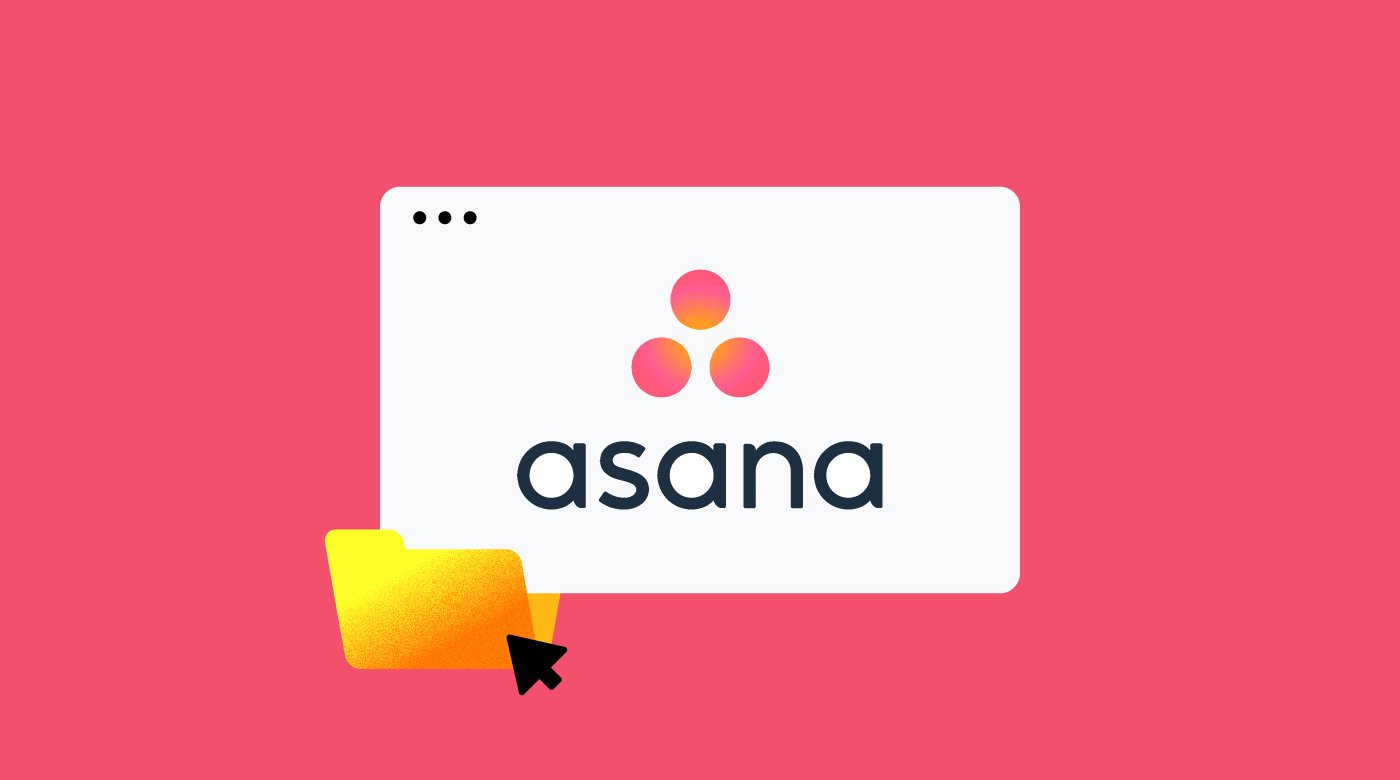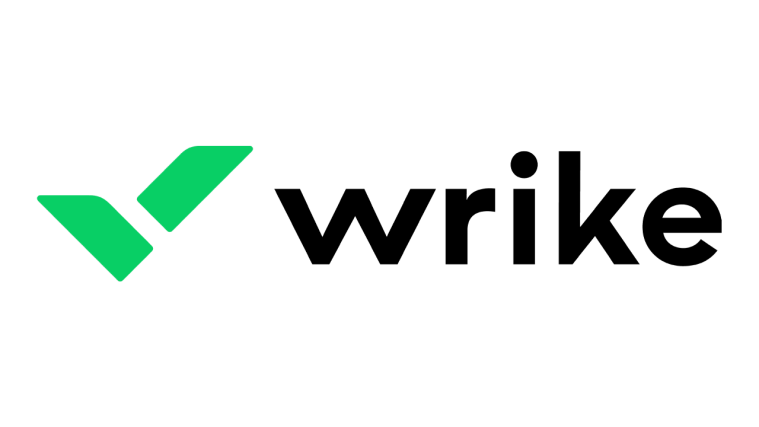Asana: A Comprehensive Guide to Streamlining Work Management

In today’s fast-paced business world, managing projects efficiently and collaborating effectively are critical for success. With tools designed to simplify workflows and keep teams aligned, organizations can save time, reduce stress, and achieve their goals faster. One platform that stands out in the world of work management is Asana.
Asana is a powerful and intuitive project management tool that helps teams organize, track, and manage their work seamlessly. From small startups to large enterprises, Asana provides the features and flexibility needed to coordinate projects, improve productivity, and deliver results on time.
In this comprehensive SEO-optimized article, we’ll explore everything Asana has to offer—its features, benefits, pricing, integrations, and why it has become the go-to platform for millions of users worldwide.
Table of Contents
- What is Asana?
- Why Choose Asana?
- Key Features of Asana
- Task and Project Management
- Workflows and Automation
- Views: List, Board, Calendar, and Timeline
- Goal Setting and Progress Tracking
- Team Collaboration and Communication
- Reporting and Insights
- Getting Started with Asana
- Asana for Different Teams
- Marketing Teams
- IT and Product Development
- Operations and HR
- Small Businesses
- Pricing Plans
- Asana Integrations
- How Asana Compares to Competitors
- Customer Success Stories
- FAQs About Asana
- Conclusion: Why Asana is Essential for Work Management
What is Asana?
Asana is a web-based work management platform designed to help teams coordinate tasks, manage projects, and stay organized. Founded in 2008 by Dustin Moskovitz and Justin Rosenstein, Asana has become one of the leading tools for managing workflows and improving team collaboration.
With its user-friendly interface, robust features, and scalability, Asana caters to teams of all sizes and industries. Whether you’re planning a marketing campaign, developing software, or coordinating events, Asana simplifies complex workflows and keeps everyone on the same page.
Why Choose Asana?
1. Easy-to-Use Interface
Asana’s intuitive design makes it accessible to users with varying levels of technical expertise. Its clean interface ensures that teams can focus on their work without being overwhelmed by cluttered dashboards.
2. Flexible and Scalable
From simple task management to complex project coordination, Asana scales to meet the needs of individuals, small teams, and enterprises.
3. Powerful Automation Tools
Save time and reduce manual work with Asana’s automation features. Automate routine tasks, set up workflows, and create custom rules to keep projects moving forward.
4. Multiple Views
With list, board, calendar, and timeline views, Asana adapts to your preferred way of visualizing tasks and projects.
5. Extensive Integrations
Asana integrates with over 200 tools, including Slack, Google Workspace, Microsoft Teams, and more, ensuring a seamless workflow across your favorite platforms.
Key Features of Asana
1. Task and Project Management
At the heart of Asana is its robust task and project management functionality. Create tasks, assign them to team members, set deadlines, and track progress all in one place.
2. Workflows and Automation
Automate repetitive tasks and streamline workflows with Asana’s automation tools. Use templates or create custom workflows tailored to your team’s needs.
3. Views: List, Board, Calendar, and Timeline
Choose the view that works best for your team:
- List View: Ideal for tracking tasks in a detailed, spreadsheet-like format.
- Board View: Perfect for visualizing workflows in a Kanban-style board.
- Calendar View: See tasks and deadlines at a glance in a calendar format.
- Timeline View: Plan and monitor projects with Gantt chart-style visualizations.
4. Goal Setting and Progress Tracking
Set strategic goals, break them into actionable tasks, and track progress with Asana’s goal-setting features.
5. Team Collaboration and Communication
Collaborate seamlessly by commenting on tasks, sharing updates, and attaching files directly within Asana. Its notification system ensures everyone stays informed.
6. Reporting and Insights
Generate detailed reports to monitor team performance, project timelines, and resource allocation. Asana’s analytics tools help identify bottlenecks and improve efficiency.
Getting Started with Asana
Getting started with Asana is simple:
- Sign Up: Create an account on the Asana website.
- Set Up Your Workspace: Organize your team, projects, and tasks in a centralized workspace.
- Invite Team Members: Collaborate by adding team members to your projects.
- Create Projects: Use templates or start from scratch to create projects tailored to your needs.
- Track Progress: Monitor tasks, deadlines, and milestones using Asana’s various views and dashboards.
Asana for Different Teams
Marketing Teams
Plan campaigns, track deliverables, and measure performance with tools designed to keep marketing teams aligned.
IT and Product Development
Manage sprints, track bugs, and coordinate product launches with Asana’s agile-friendly features.
Operations and HR
Streamline onboarding, plan events, and coordinate internal processes with Asana’s flexible task management tools.
Small Businesses
Stay organized and maximize productivity with Asana’s affordable plans for small teams.
Pricing Plans
Asana offers flexible pricing plans to suit teams of all sizes:
- Basic Plan (Free): For individuals and small teams starting out.
- Premium Plan: Advanced features for growing teams.
- Business Plan: Tailored for larger teams with complex workflows.
- Enterprise Plan: Includes enhanced security, compliance, and support options.
For detailed pricing information, visit the Asana pricing page.
Asana Integrations
Asana integrates seamlessly with a wide range of tools to enhance productivity:
- Communication: Slack, Microsoft Teams.
- File Sharing: Google Drive, Dropbox.
- Development Tools: Jira, GitHub.
- CRM: Salesforce, HubSpot.
Explore the full list of integrations on the Asana integrations page.
How Asana Compares to Competitors
Compared to other project management tools like Trello, Monday.com, and Jira, Asana stands out for its:
- Intuitive design and ease of use.
- Versatile views for visualizing tasks and projects.
- Powerful automation and workflow capabilities.
Customer Success Stories
Asana has helped countless organizations achieve their goals. For example:
- A marketing agency improved campaign delivery times by 20% using Asana’s workflow automation.
- A product development team reduced sprint delays by tracking tasks in Asana’s timeline view.
FAQs About Asana
Q: Is Asana free to use?
Yes, Asana offers a free plan with basic features for individuals and small teams.
Q: Can I use Asana offline?
Asana’s mobile app allows offline access, syncing changes once you’re back online.
Q: Does Asana support mobile devices?
Yes, Asana is available on iOS and Android, ensuring on-the-go access.
Conclusion: Why Asana is Essential for Work Management
Asana empowers teams to work smarter, stay organized, and achieve their goals with ease. With its versatile features, user-friendly design, and robust integrations, Asana is the ultimate tool for managing tasks, projects, and workflows.
Start using Asana today and transform how your team collaborates and works together.






